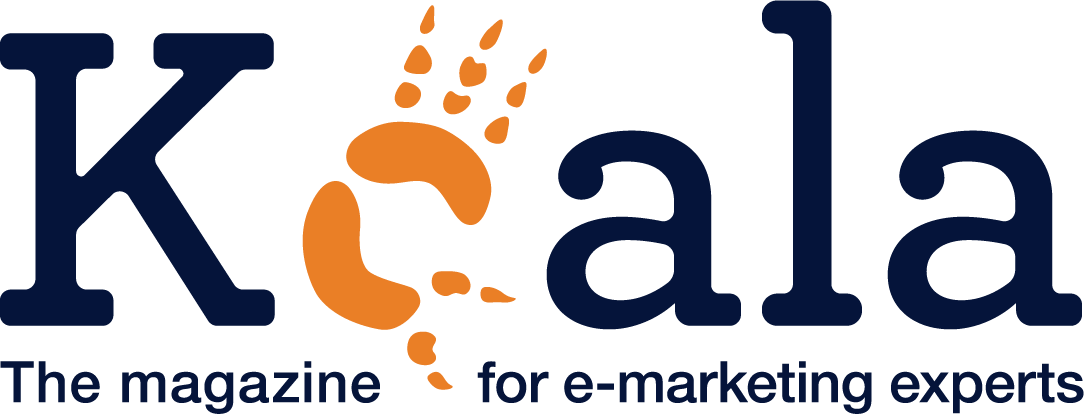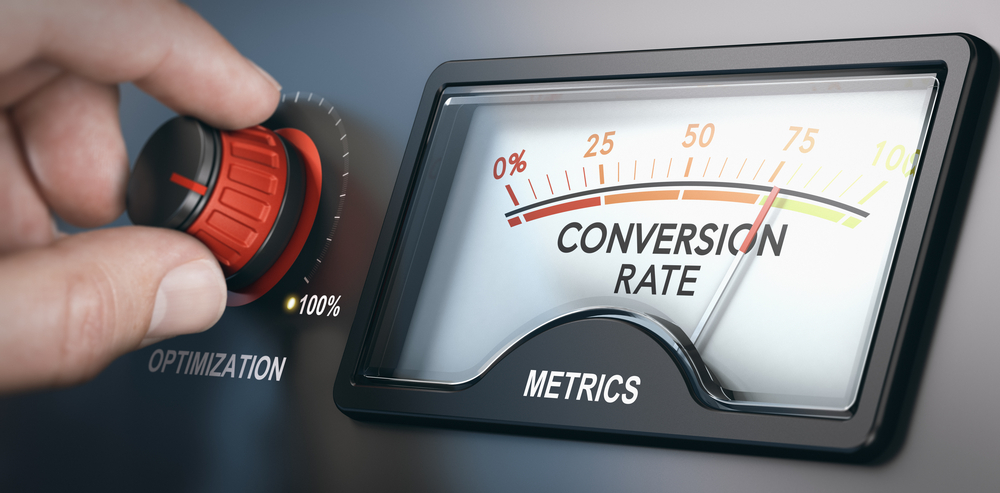Conversion rate is the percentage of visitors to your site who reach a desired goal. This KPI is one of the most important metrics to track in online sales.
How to interpret a conversion rate?
With the conversion rate, you will try to measure the effectiveness of a marketing campaign: how many people did what was expected of them, such as buying a product or filling out a contact form, compared to the number of people to whom the marketing message was addressed. With the rise of digital channels, this data has become an essential and powerful KPI.
A high conversion rate shows that you are able to get more value from the customers you already have. This means lower customer acquisition costs. It also shows that when you put in more effort, it can result in more customers and more revenue. But you must be careful about how you interpret the conversion rates obtained.
For example, the average conversion rate of an e-commerce site in France is 2%. On the other hand, the average conversion rate for a clothing site is closer to 5%. So you can easily understand that the Victoria’ Secret lingerie site, which has a conversion rate of 25%, is well above the average for the sector. We could say that the best way to interpret a conversion rate is to compare it with other market indicators and/or the conversion rate of a previous campaign.
Action levers on the conversion rate
There are several factors that play an important role in increasing the conversion rate of your business. The most important of these is a good user experience. This comes down to good visuals, fast site loading time and ease of payment. As an example, PayPal transactions have a 70% higher payment rate than non-Paypal transactions.
Providing quality customer service is also a game changer. Also, be aware that solid reviews, recommendations and testimonials play an important role in increasing this KPI.





